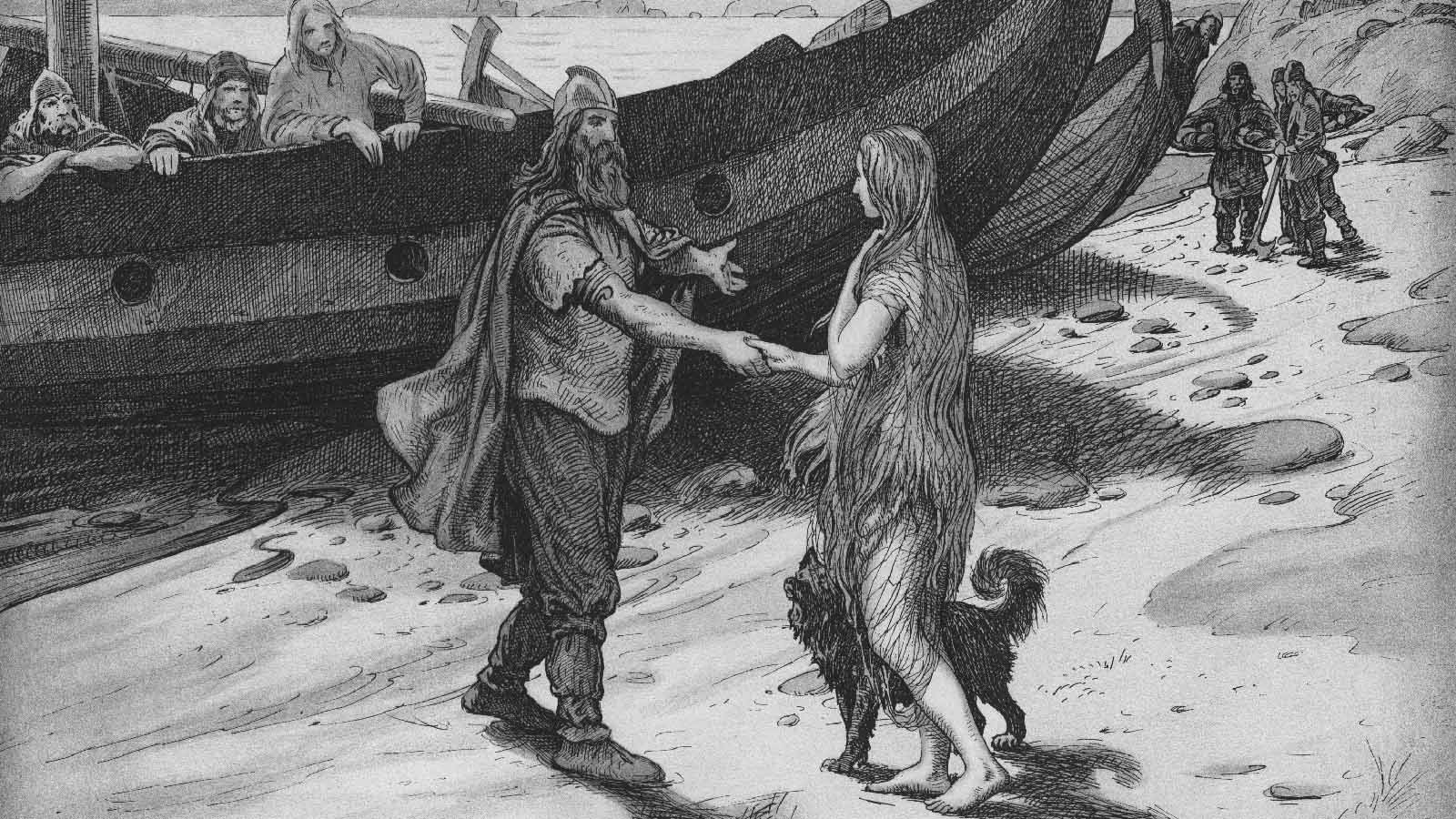Step into the realm of the legendary Ivar the Boneless, a Viking warrior whose enigmatic stature continues to puzzle scholars. As we peel back the layers of history, we’ll uncover the truth behind his intriguing nickname, separating myth from reality and answering the age-old question: just how tall was the fearsome Viking chieftain?
How Tall Was Ivar the Boneless?
Ivar the Boneless, a Viking warrior whose name echoes through history, continues to fascinate us. This fierce leader, shrouded in myth and legend, still has historians scratching their heads about one thing: his height. Contrary to what some might picture, Ivar wasn’t a towering giant. In fact, evidence suggests he may have been around 5’9″ – still an imposing stature for a Viking! This estimate stems from historical accounts and archaeological findings, though concrete proof remains elusive.
Adding intrigue to the enigma of Ivar’s physique is the mystery surrounding his nickname, “Boneless.” Was it a literal description of a medical condition, or a metaphorical testament to his agility and battlefield prowess? Theories abound, ranging from suggestions of osteogenesis imperfecta (brittle bone disease) to interpretations of his moniker as a testament to his extraordinary flexibility and speed.
The Mystery of Ivar the Boneless’ Height
Let’s delve deeper into the enigma of Ivar’s stature. While his exact height remains a subject of debate, the impact of his presence on the battlefield is undeniable. Some historians, drawing upon historical accounts and comparative data from the Viking era, propose that Ivar was likely of average height for his time, perhaps around 5’9″. Others, fueled by the discovery of an imposing 9-foot-tall Viking skeleton in Repton, England – a site believed to be Ivar’s final resting place – propose that he was a towering figure who commanded attention through sheer physical presence.
Adding fuel to the fire are the numerous sagas and chronicles that depict Ivar as a figure of immense physical strength and resilience, further complicating attempts to separate historical fact from embellished legend.
Did you know, ancient historians mentioned that Ivar the Boneless’ skeleton was found on a battlefield?
Debunking the Myths: Was Ivar Really “Boneless”?
The epithet “Boneless” lies at the heart of Ivar’s enduring mystique. Was he afflicted by a debilitating bone disease, rendering him remarkably flexible or even unable to walk without assistance? Or did his nickname stem from a mistranslation or a metaphorical interpretation of his fighting style, likening his agility and swiftness to that of a boneless warrior, slipping through enemy lines with remarkable ease?
Adding to the complexity of this historical puzzle is the possibility that “Boneless” was a moniker bestowed upon Ivar by his enemies – a tactic designed to diminish his imposing presence and undermine his authority.
Regardless of its origin, the nickname “Boneless” has cemented itself in historical narratives, shaping our perception of this enigmatic Viking leader.
Ivar the Boneless’ Impact on Viking History
Ivar the Boneless, far from being defined by his mysterious physical attribute, left an indelible mark on Viking history as a brilliant strategist, a ruthless conqueror, and a figure of enduring legend.
Ivar’s impact on Viking history reverberates through his pivotal role in the Great Heathen Army’s invasion of England in 865 AD. Alongside his brothers, he orchestrated a campaign of conquest, toppling Anglo-Saxon kingdoms and establishing a Viking kingdom in York. His tactical genius, combined with his reputation for unwavering resolve, instilled fear in his enemies and solidified his place as a driving force behind the Viking Age’s expansion.
If you are a Viking fan, you might want to know where is Ragnar Lothbrok buried, the legendary Viking King.
Ivar’s legacy extends beyond his military conquests. His story, embellished through sagas and chronicles, has captivated imaginations for centuries, cementing his place as a figure of enduring fascination and a testament to the enduring allure of the Viking Age.
Key Points:
- Ivar the Boneless, a Danish Viking chieftain, led the Great Heathen Army’s invasion of England in 865 AD, conquering several Anglo-Saxon kingdoms.
- Despite a disability, Ivar was a skilled fighter and strategist, playing a crucial role in the Vikings’ success.
- Ivar’s larger-than-life reputation extended beyond his lifetime, with legends and stories about him persisting for centuries.
- Ivar is believed to be buried in Repton, England, in a Viking burial site that includes the remains of 249 other individuals.
- Crypto Quotes’ Red Flags: Avoid Costly Mistakes - June 30, 2025
- Unlock Inspirational Crypto Quotes: Future Predictions - June 30, 2025
- Famous Bitcoin Quotes: A Deep Dive into Crypto’s History - June 30, 2025
















